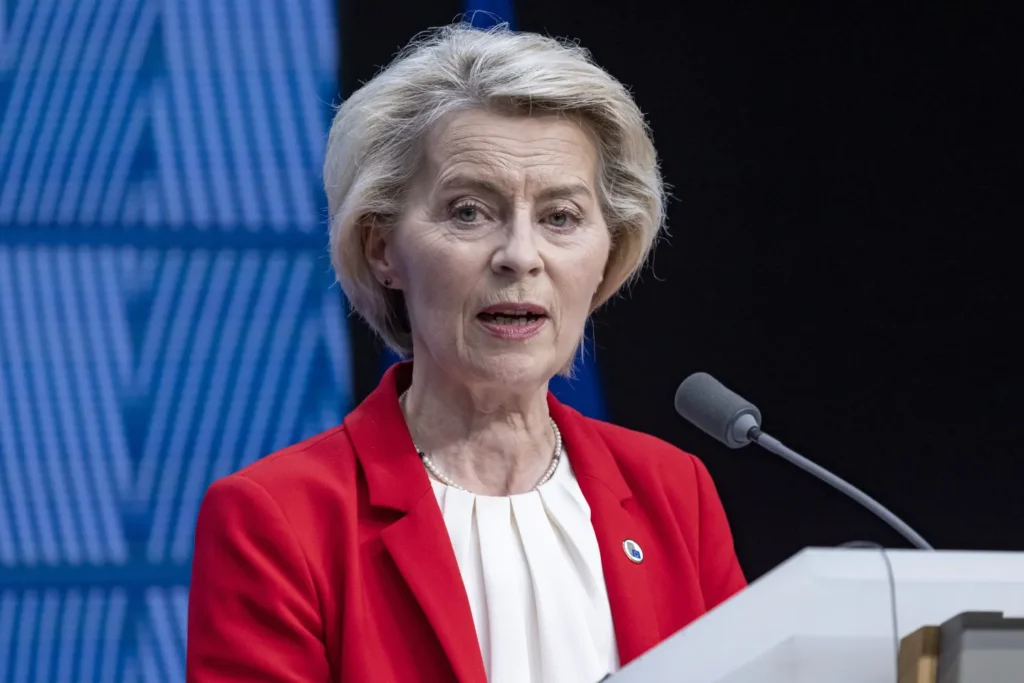For decades, Europe has positioned itself as a global leader in climate policy, but in 2025, decarbonization is no longer just about saving the planet—it’s about saving Europe’s economy.
Faced with growing competition from China and the U.S., rising energy prices, and volatile supply chains, European leaders are now embracing decarbonization not as an environmental ideal, but as an industrial imperative. The urgent transition to clean, homegrown energy sources—from hydrogen to solar and wind—is being reframed as the cornerstone of a new economic model for the continent.
As one EU official put it, “Decarbonization is not just a climate plan, it is an economic strategy.” This is not hyperbole. The bloc’s future prosperity—and its ability to compete globally—may very well depend on how fast and how effectively it can shift to clean power.
The Energy Price Crisis Exposed a Vulnerability
Russia’s invasion of Ukraine sent shockwaves through Europe’s energy markets. With gas prices spiking more than tenfold at the peak, many industries—especially in Germany, the manufacturing engine of Europe—were caught off guard.
Chemical giants like BASF, automotive titans like Volkswagen, and steel producers across the continent saw profits collapse and operations scaled back or offshored. Europe, long reliant on cheap Russian fossil fuels, realized it had built its industrial advantage on a fragile foundation.
The shock triggered a historic rethink: energy security and economic competitiveness must go hand in hand. And the answer lies in building an energy system that is both sovereign and sustainable.
The Green Tech Arms Race
Across the Atlantic, the U.S. launched the Inflation Reduction Act (IRA), a $369 billion subsidy-fueled leap into clean energy manufacturing. China, already dominating global solar, EV, and battery supply chains, doubled down on its own decarbonization and export machine.
Europe risks being left behind in what many now call the “green tech arms race.” Without massive investment in its own cleantech ecosystem, the continent could become dependent once again—this time on Chinese solar panels, American hydrogen technologies, and foreign EV batteries.
To counter this, the EU is pushing forward with its Net-Zero Industry Act, a plan to scale up green technology manufacturing in Europe, streamline permits, and mobilize public and private capital. But critics warn the response still lags behind Washington and Beijing in speed and scale.
Homegrown Power: The Heart of Economic Resilience
At the center of Europe’s strategy is homegrown power—clean, locally produced electricity and fuels that reduce reliance on imports and support local industries.
Europe already generates more than 40% of its electricity from renewables, but that figure needs to rise dramatically. The European Commission aims to double the capacity of solar and wind by 2030, ramp up green hydrogen production, and electrify industrial processes from steel to cement.
This transition is not just a decarbonization measure—it’s an industrial transformation. A renewable-powered Europe will have structurally lower operating costs, more stable supply chains, and reduced geopolitical risk exposure. These factors will be crucial to maintaining competitiveness in a global economy increasingly shaped by carbon constraints and sustainability demands.
Who Stands to Win?
Some sectors stand to benefit immediately. Companies specializing in electrification, energy storage, and green hydrogen are seeing a surge in funding and government support. Likewise, regions that invest early in clean infrastructure—like the Nordics, parts of France, and Iberia—could become new hubs for energy-intensive industries.
Meanwhile, industries that fail to adapt—particularly those still dependent on fossil fuels—face not just carbon taxes and regulations but global market exclusion. Already, consumers and investors are applying pressure for cleaner supply chains and lower carbon footprints.
Economic Strategy Meets Climate Reality
Europe’s bet on decarbonization is bold, but necessary. The stakes go far beyond climate policy. In a world where carbon is currency and energy independence is geopolitical armor, the green transition is no longer a choice—it’s the only viable growth path.
To succeed, Europe will need a unified industrial policy, massive capital deployment, and the political will to protect and promote its clean energy champions.
As the global economy shifts toward sustainability, Europe’s future hinges on its ability to generate power not only from renewables—but from reinvention.
Bottom Line:
Decarbonization is Europe’s moonshot moment. If executed well, it could launch a new era of industrial strength, energy sovereignty, and technological leadership. If botched, the continent risks falling into permanent economic decline. The next five years will decide which path Europe takes.



